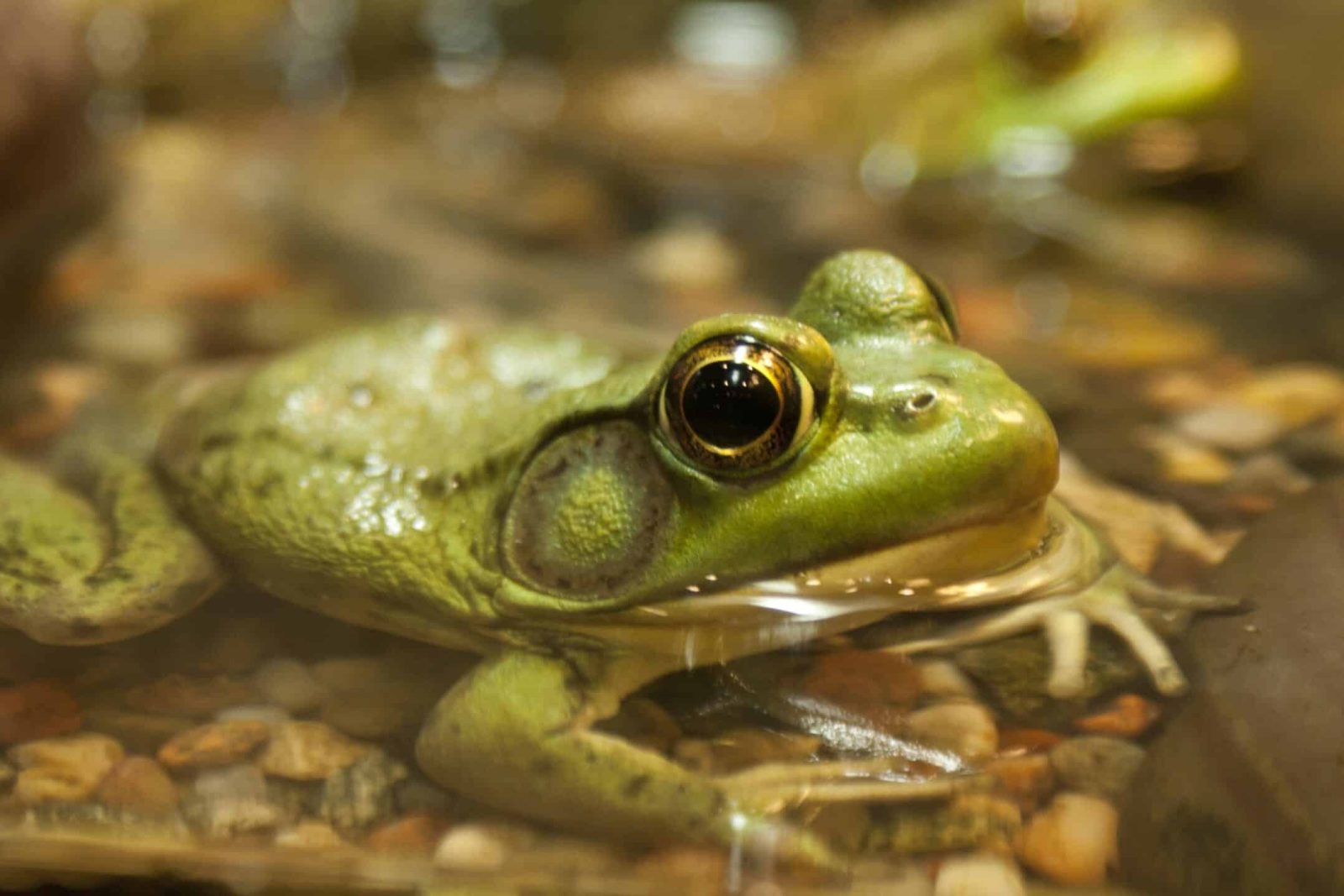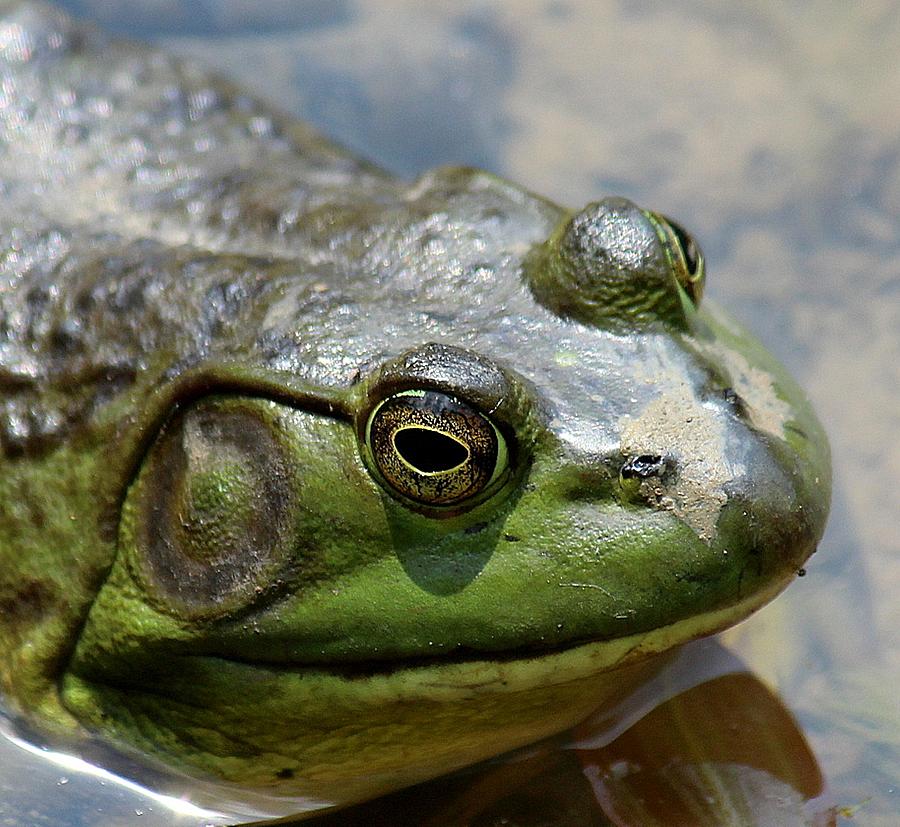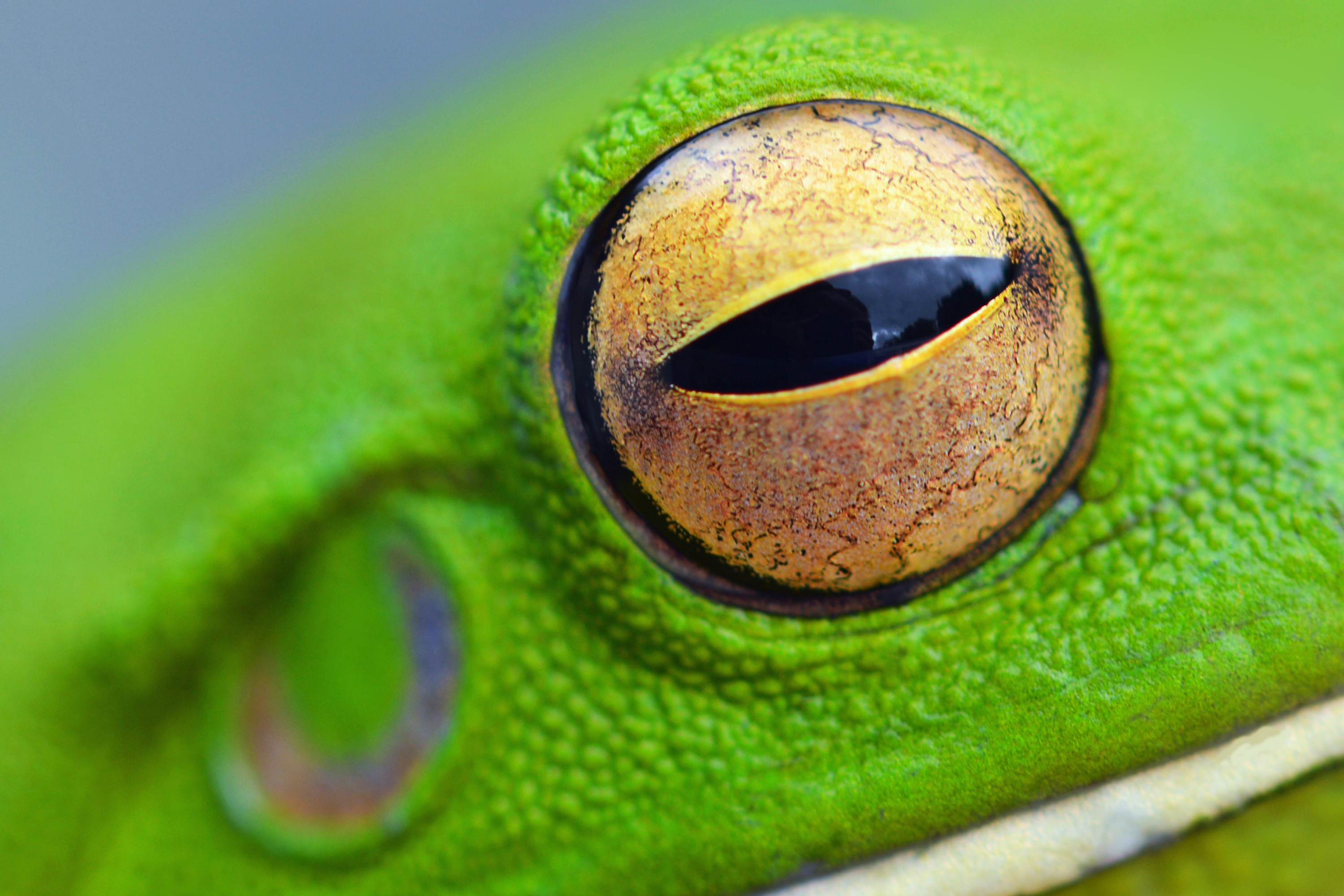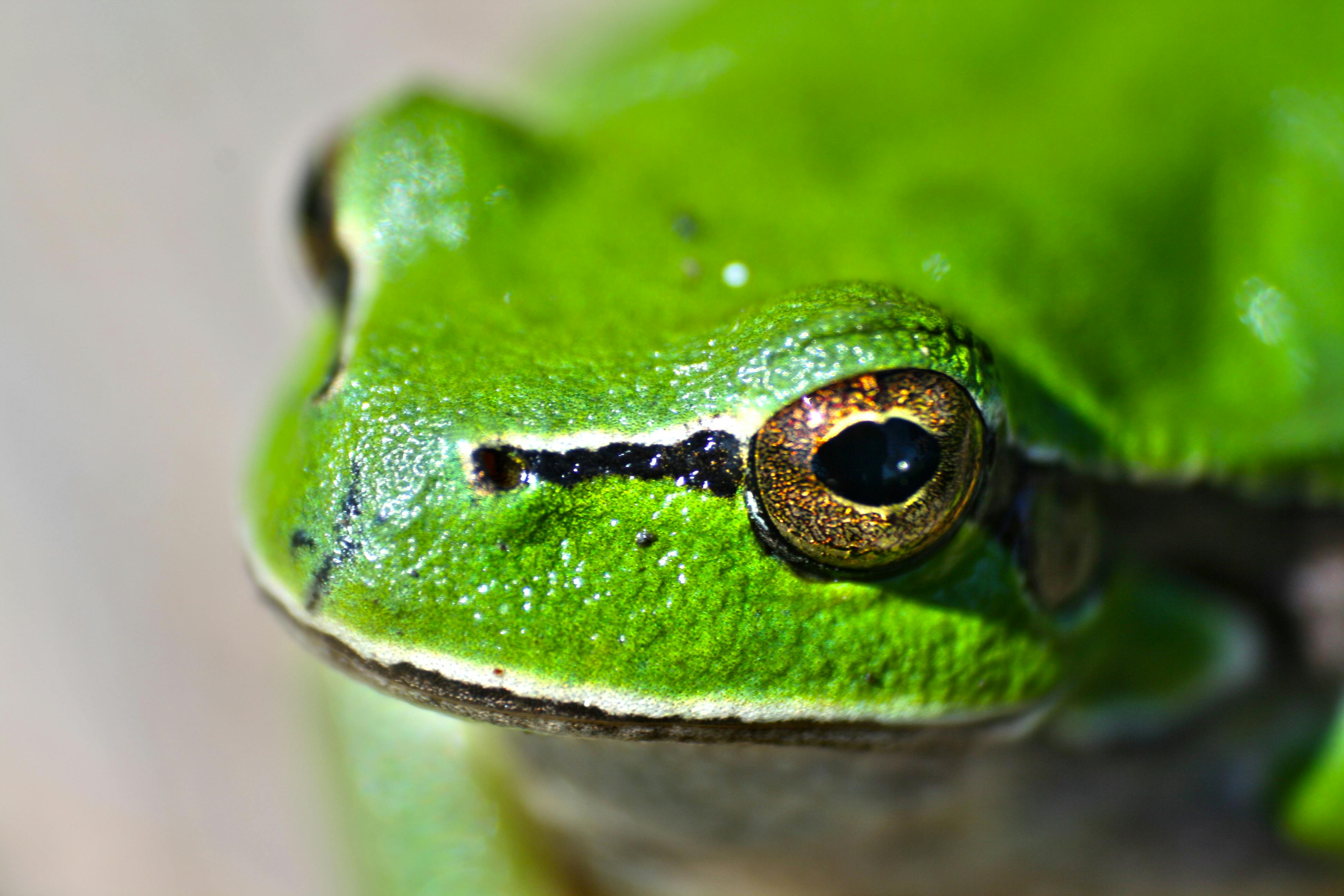
Frogs are fascinating creatures known for their unique features, one of which is their eyes. The eyes of a frog are highly specialized and play a crucial role in their survival. In this article, we will explore the incredible characteristics of frog eyes and how they contribute to their ability to thrive in various environments.
Anatomy of Frog Eyes

The eyes of a frog are positioned on the sides of their head, providing them with a wide field of vision. This allows them to detect predators and prey from different directions simultaneously. Frog eyes are bulging and protrude outwards, enabling them to see in almost all directions without moving their heads.
Each eye is protected by a transparent membrane called the nictitating membrane, which acts as a protective shield. This membrane allows frogs to see underwater without their vision being impaired by water droplets.
One unique feature of frog eyes is their ability to retract into their sockets and sink into their heads. This helps them protect their delicate eyes when they are threatened or preparing to jump. When the eyes are retracted, the nictitating membrane covers and shields them from potential harm.
Visual Perception of Frogs

Frogs have excellent vision, particularly in detecting movement. Their eyes are adapted to perceive motion more effectively than still objects. This allows them to quickly spot potential prey, such as insects or small aquatic creatures, and react accordingly.
While their ability to perceive color is not as advanced as humans, frogs can still distinguish between different shades of green and are highly sensitive to changes in light intensity. This enables them to blend into their surroundings and remain camouflaged from predators.
Unique Adaptations for Underwater Vision

Frogs are semi-aquatic creatures, spending a significant portion of their lives in or near water. As a result, their eyes have adapted to facilitate vision both in and out of water.
Underwater, frog eyes have a protective layer called the tapetum lucidum, which reflects light back through the retina, enhancing their vision in low-light conditions. This adaptation allows them to effectively hunt for prey in aquatic environments.
Additionally, the shape of their eyes changes slightly when they are underwater. The curvature of the lens adjusts to provide better focus, allowing them to see clearly in the water. This adaptation is crucial for their survival, as it helps them locate food and avoid potential predators.
Frog Eyes at Night

Many frog species are nocturnal, meaning they are most active during the night. To accommodate their nighttime activities, their eyes have further adaptations.
Frog eyes have a higher number of rod cells compared to cone cells. Rod cells are more sensitive to light and are responsible for vision in low-light conditions. This abundance of rod cells allows frogs to navigate and hunt effectively in the dark.
The pupils of frog eyes also play a crucial role in their night vision. Unlike humans, frog pupils are horizontal and elongated, resembling slits. This shape allows for better control of the amount of light entering the eye, further enhancing their ability to see in dimly lit environments.
Conclusion
In conclusion, frog eyes are remarkable adaptations that enable these amphibians to survive and thrive in diverse environments. Their wide field of vision, unique underwater adaptations, and exceptional night vision contribute to their success as hunters and prey avoiders. Understanding the anatomy and characteristics of frog eyes provides insights into the fascinating world of these amphibians.